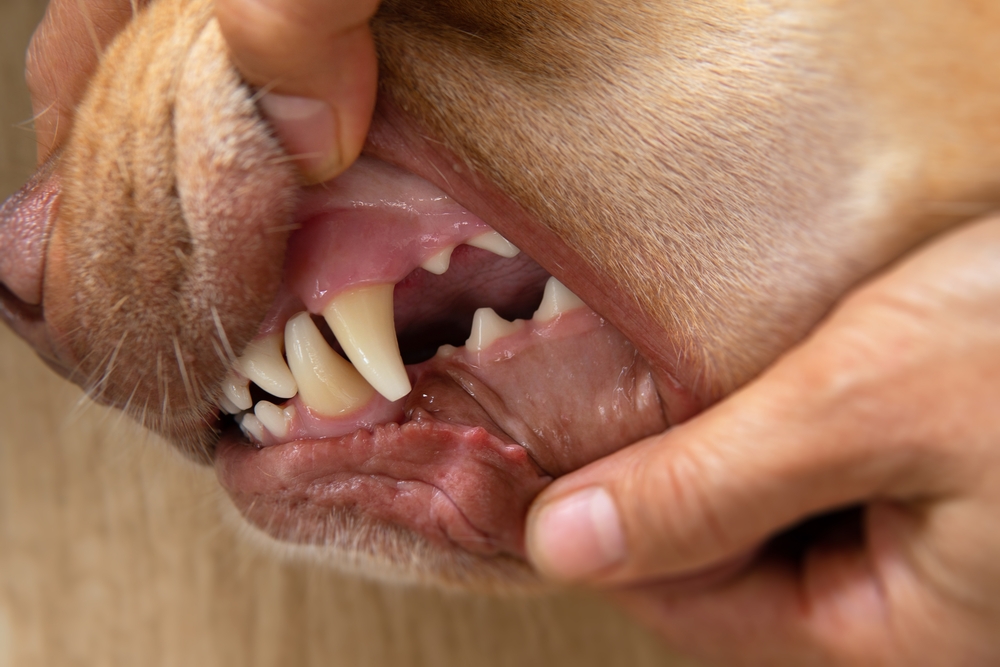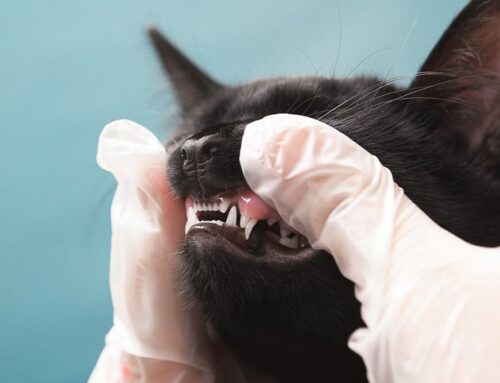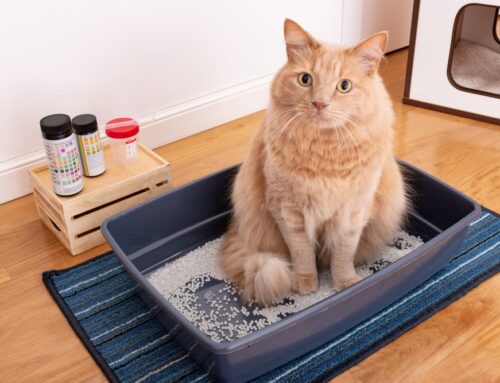Dental disease is one of the most common—and most overlooked—conditions in pets. It often begins silently, with plaque buildup below the gumline, and gradually progresses into pain, infection, and even damage to internal organs.
At Rustebakke Veterinary Service in Clarkston, Washington, we want to help you recognize the signs early, understand what’s at stake, and know how to protect your pet from preventable oral health issues.
What Is Dental Disease in Pets?
Dental disease—especially periodontal disease—affects the tissues that support your pet’s teeth. It usually starts with gingivitis, a reversible inflammation of the gums, and can progress to periodontitis, which causes irreversible damage to teeth, bone, and surrounding structures.
A comprehensive oral health assessment and treatment (COHAT) goes beyond basic cleaning. It allows us to detect and treat the disease beneath the gumline—where the real damage begins.
What Puts Pets at Risk?
Several factors can increase your pet’s risk for dental disease:
- Plaque and tartar buildup from daily eating
- Soft foods, which encourage plaque more than kibble
- Breed predispositions, especially in small or brachycephalic breeds
- Age, as long-term buildup leads to cumulative damage
- Poor oral hygiene, including a lack of brushing or dental checkups
- Malocclusions or retained baby teeth, which can trap debris and bacteria
Why Dental Health Matters
Oral health isn’t just about the mouth. Dental disease can lead to:
- Chronic pain, especially while eating or chewing
- Changes in behavior, like irritability or withdrawal
- Systemic infections, as oral bacteria can enter the bloodstream and impact organs like the heart, liver, and kidneys
More information is available at Pet Dental Care – AVMA.
How to Spot Dental Disease Early
Pets rarely show obvious signs of pain. Watch for:
- Bad breath
- Red or bleeding gums
- Tartar buildup on teeth
- Pawing at the mouth or drooling
- Reluctance to chew
- Facial swelling or nasal discharge
- Appetite changes or weight loss
Stages of Dental Disease
Dental disease progresses in four stages:
- Gingivitis – Gum inflammation, reversible with cleaning
- Early Periodontitis – Mild damage to gum attachments
- Moderate Periodontitis – Bone loss begins
- Advanced Periodontitis – Tooth loss, bone destruction, and possible systemic spread
For more, see Healthy Mouth, Healthy Pet.
How We Diagnose Dental Disease
We rely on more than just a visual exam:
- Dental probing to check gum pockets
- Digital X-rays to detect disease beneath the surface (Why X-rays matter)
- Pre-anesthetic bloodwork to ensure your pet is safe for anesthesia
- Oral charting to monitor disease progression over time
Treatment Options
Depending on severity, treatment may include:
- Professional dental cleaning under anesthesia for a full-mouth scale and polish (Anesthesia and Dental Cleaning – AAHA)
- Extractions of damaged or infected teeth
- Pain management and antibiotics to support healing
- Home care using VOHC-approved products like dental chews, toothpastes, and rinses
What Happens If It’s Left Untreated?
Unchecked dental disease can lead to:
- Chronic pain and discomfort
- Tooth loss and nutritional issues
- Bacteria entering the bloodstream and impacting internal organs
- Increased risk of oral tumors (Oral Tumors of Small Animals)
How It Affects Daily Life
The effects of dental disease can reach beyond physical symptoms:
- Pets may avoid food, chew only on one side, or stop playing
- You may notice mood changes or behavioral shifts
- The financial cost of advanced treatment can increase quickly
Prevention Starts Early
The most effective strategy is prevention:
- Brush your pet’s teeth daily with pet-specific toothpaste
- Offer dental diets and chews that reduce plaque
- Avoid hard bones or toys that can fracture teeth
- Schedule regular dental checkups for early detection (Book Appointment)
Home Care Tips
Make dental care part of your routine:
- Use circular brushing motions with a soft-bristled pet toothbrush
- Try dental wipes if your pet resists brushing
- Add plaque-control water additives if approved by your vet
- Monitor your pet for changes in eating, mood, or odor
Preparing for Your Dental Appointment
Bring:
- A list of any medications or supplements
- Your pet’s health history and recent behavior changes
- Photos or videos showing any symptoms
Ask your vet:
- What stage is my pet’s dental disease?
- What treatment options are available?
- What can I do at home to prevent it in the future?

FAQs
Is anesthesia safe for dental cleanings?
Yes. We use modern monitoring and pre-anesthetic testing to ensure safety. Learn more here.
How often should my pet get a dental cleaning?
Annually is typical, but some pets—especially small breeds—may need more frequent care.
Are dental diets effective?
Yes, if they’re approved by the VOHC and used alongside other dental care methods.
Your Partner in Pet Dental Health
Dental disease can be silent, but its effects are serious. At Rustebakke Veterinary Service, we’re committed to helping you stay ahead of dental issues with proactive care and personalized support.
If you have questions or want to schedule a dental exam, contact us or meet our team. We’re here to help your pet stay healthy—and pain-free—for years to come.









Leave A Comment